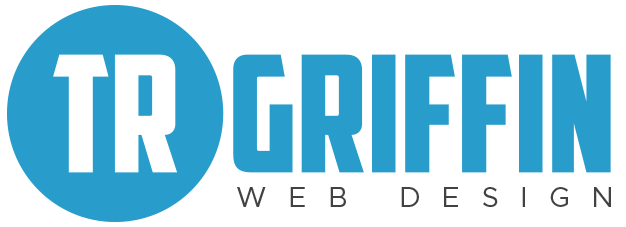In an increasingly digital world, the importance of computer programming education cannot be overstated. Coding languages have become ubiquitous and are an integral part of modern society. Just as students are required to study subjects like math, science, and English to equip themselves with essential skills, it’s equally imperative that they acquire digital skills to prepare for the new realities of the world.
However, advocating for the integration of computer programming classes into the core curriculum doesn’t mean every high school graduate should be ready to work at tech giants like Google or Microsoft immediately. Mastering programming languages takes time and dedication. Nonetheless, students should graduate with a fundamental understanding of the logic behind common programming languages used today.
While the progress in this regard has been promising, with 51% of U.S. high schools offering foundational computer science courses as of 2021 (according to Code.org), there are still challenges to overcome. Rural schools, urban schools, and institutions with higher proportions of economically disadvantaged students are less likely to offer any computer science programs. Furthermore, only 4.7% of high school students across 37 states are currently enrolled in such courses. This is insufficient given the significance of computing in today’s society.
Indeed, it’s a great start, but there is always room for improvement. The rate at which each new generation advances academically is remarkable. For instance, some middle schools now offer geometry to 8th graders, a class traditionally reserved for high school sophomores and juniors. If we can achieve this with geometry, why not with computer programming?
Today’s younger generations are often more technologically literate than their parents or grandparents, making them more than capable of handling a computer programming curriculum. Even if schools start with lighter, conceptually oriented courses to emphasize coding logic, it’s a step in the right direction. These courses could be introduced in middle or even elementary school to prepare students for more challenging programs later on. High schools can then offer advanced courses for students who excel or wish to pursue coding after graduation.
Every day, we witness advertisements for coding bootcamps and online certification programs. So why not incorporate this into the public education system? At the very least, it would give our students an advantage if they choose a career in this field.
Even if a student doesn’t plan to code professionally, these skills are valuable in their own right and contribute to overall academic growth. For example, I took a foreign language in high school, German, which I expected to use rarely. However, I gained valuable historical, linguistic, and cultural knowledge from this course.
Introducing computer science classes early in public education would not only equip our students with the skills and knowledge needed to thrive in a digital world but also enhance their understanding of logic, mathematics, and technology. It’s time we prepare our students for the future by integrating computer programming into the curriculum, ensuring they are well-rounded and ready to face the challenges of an increasingly digitalized world.
Sean Gilley (he/him) is a senior majoring in political science and economics with a certification in informatics.

